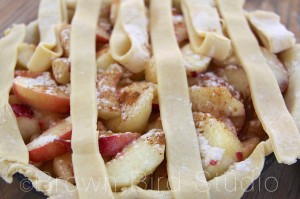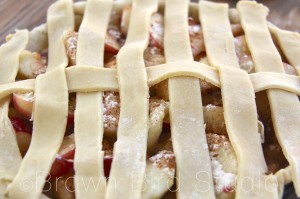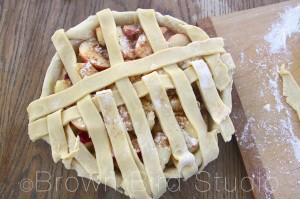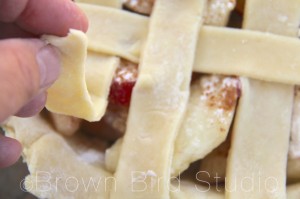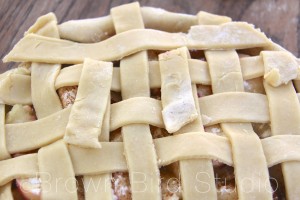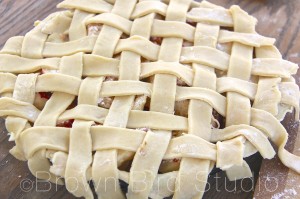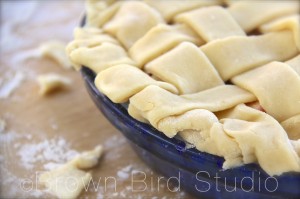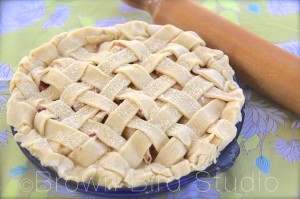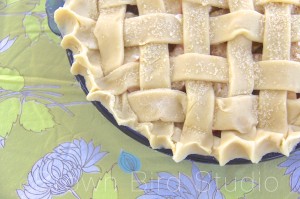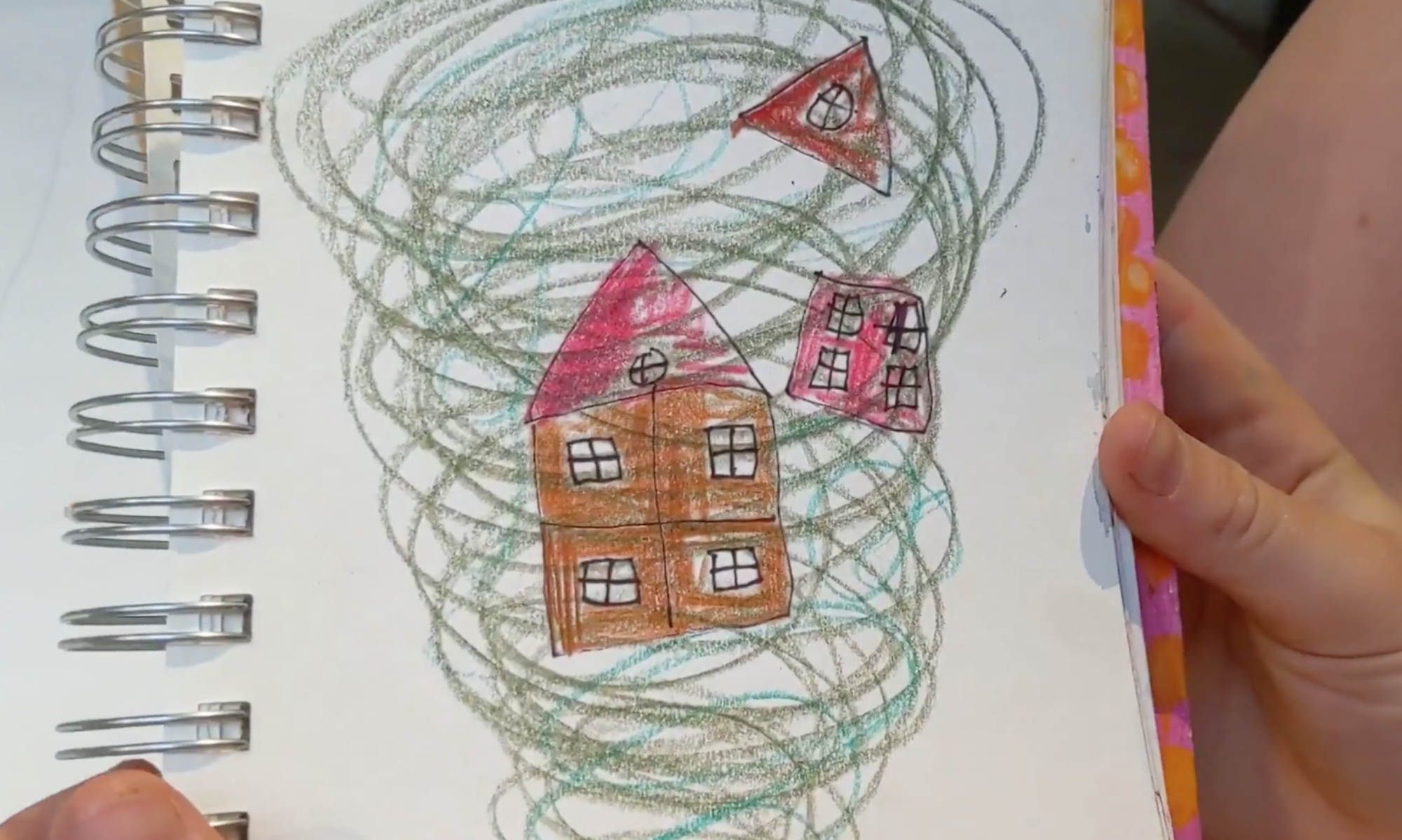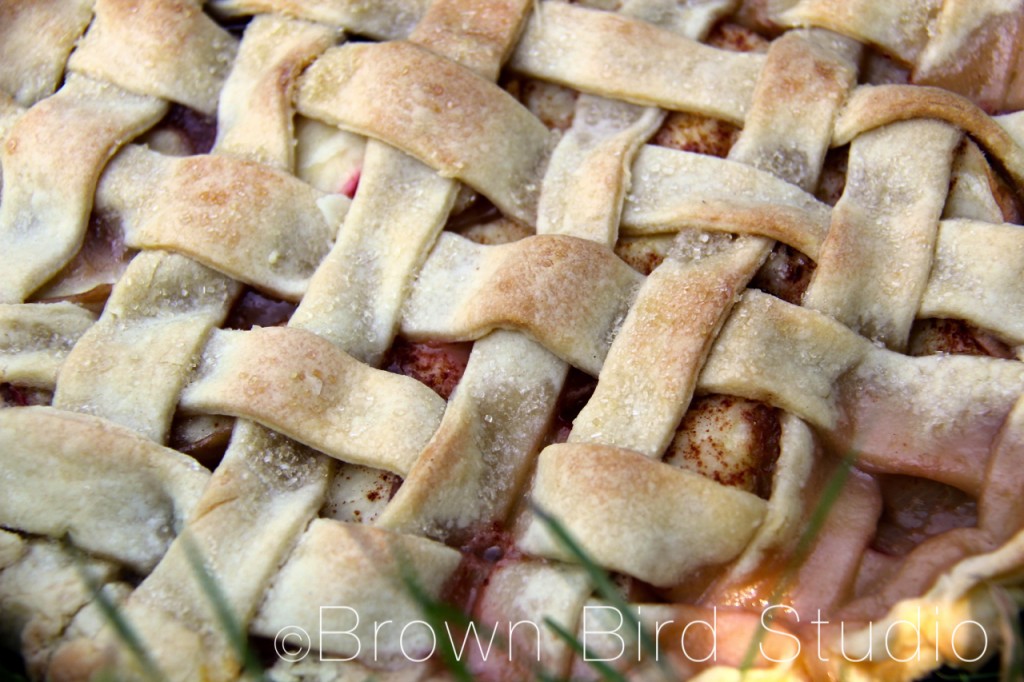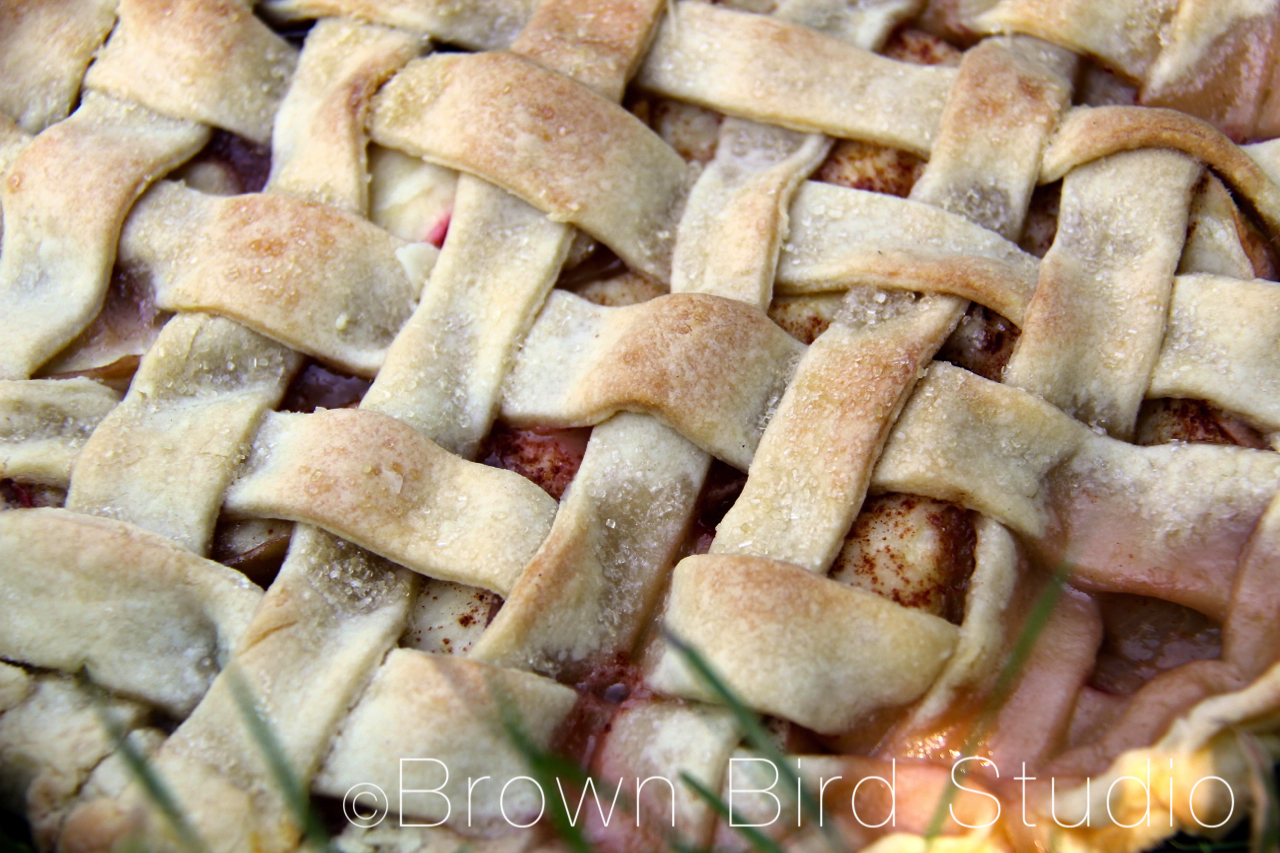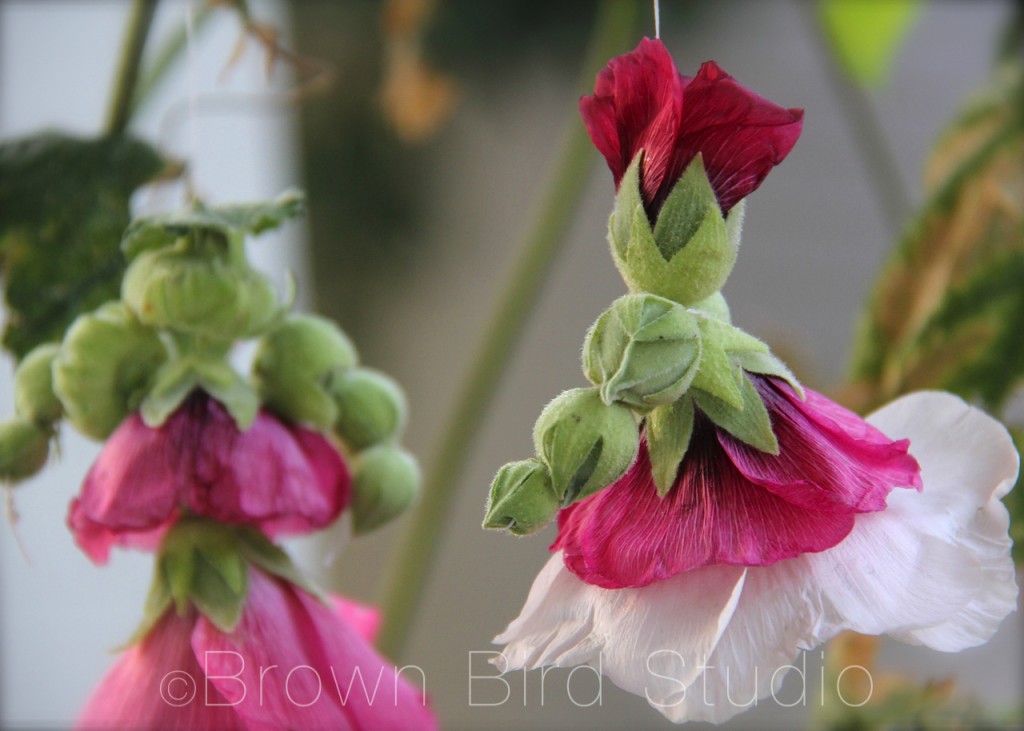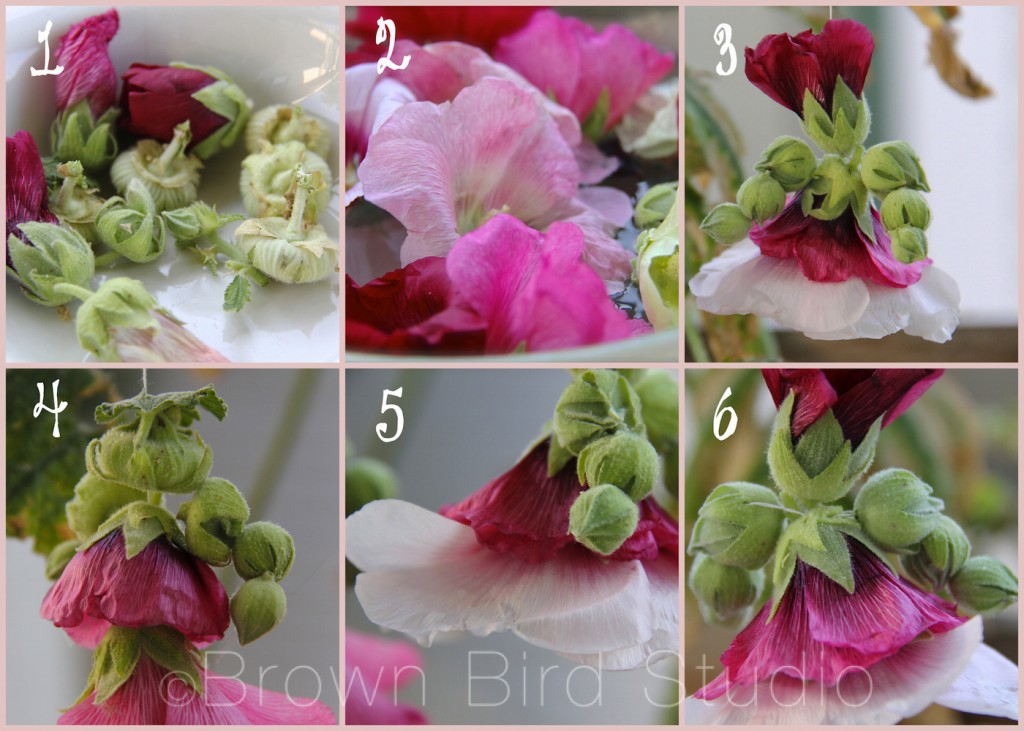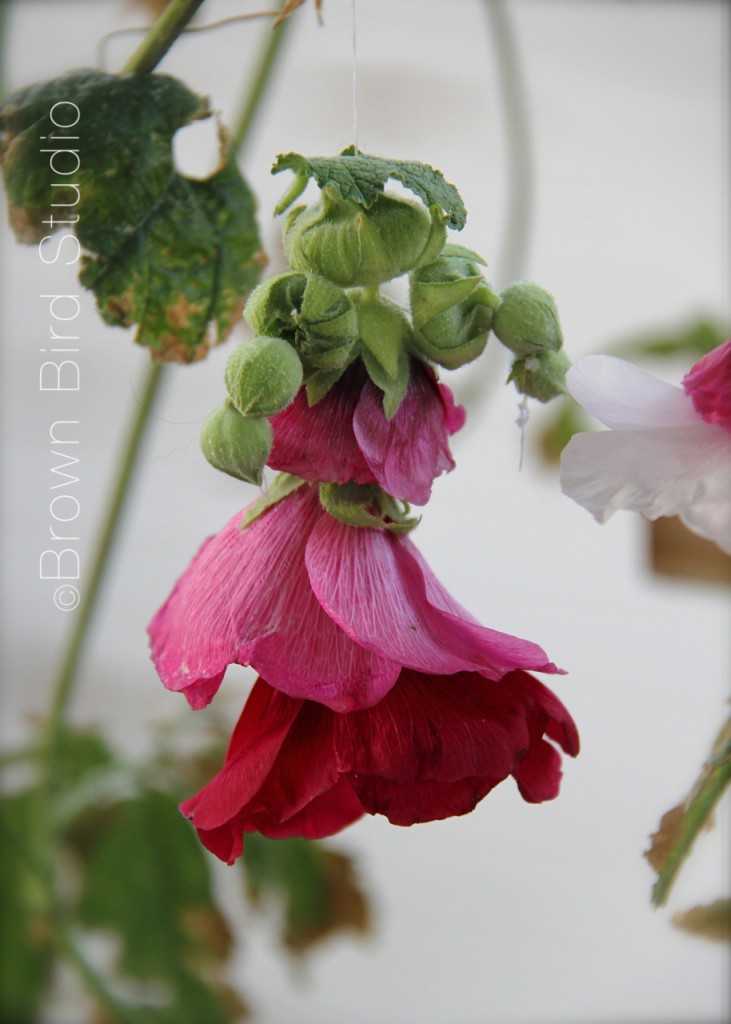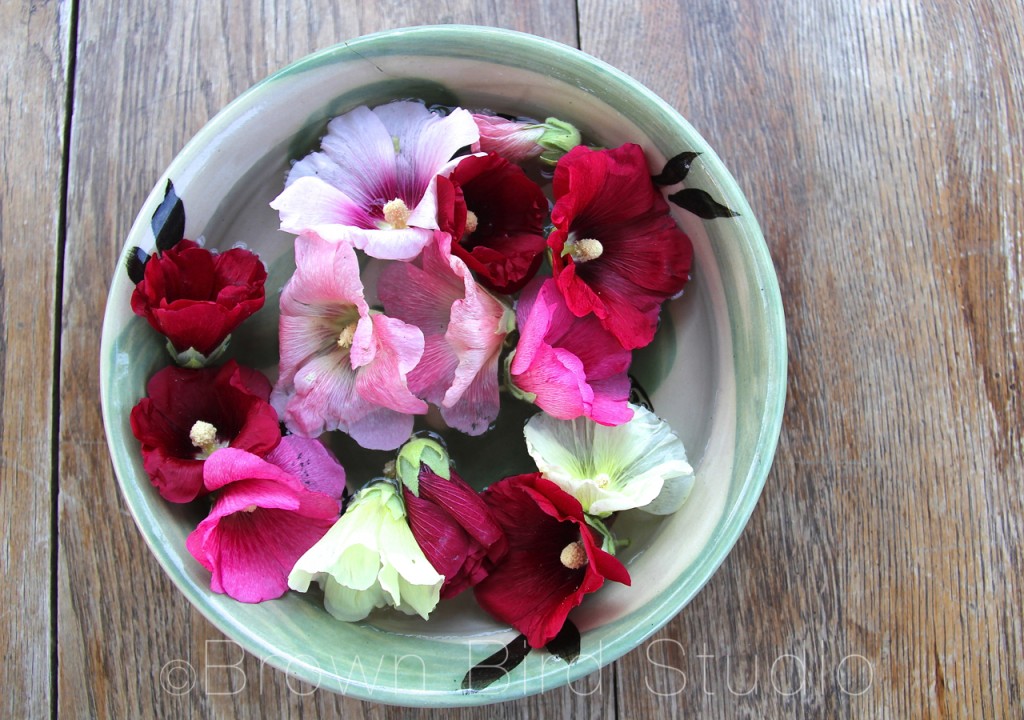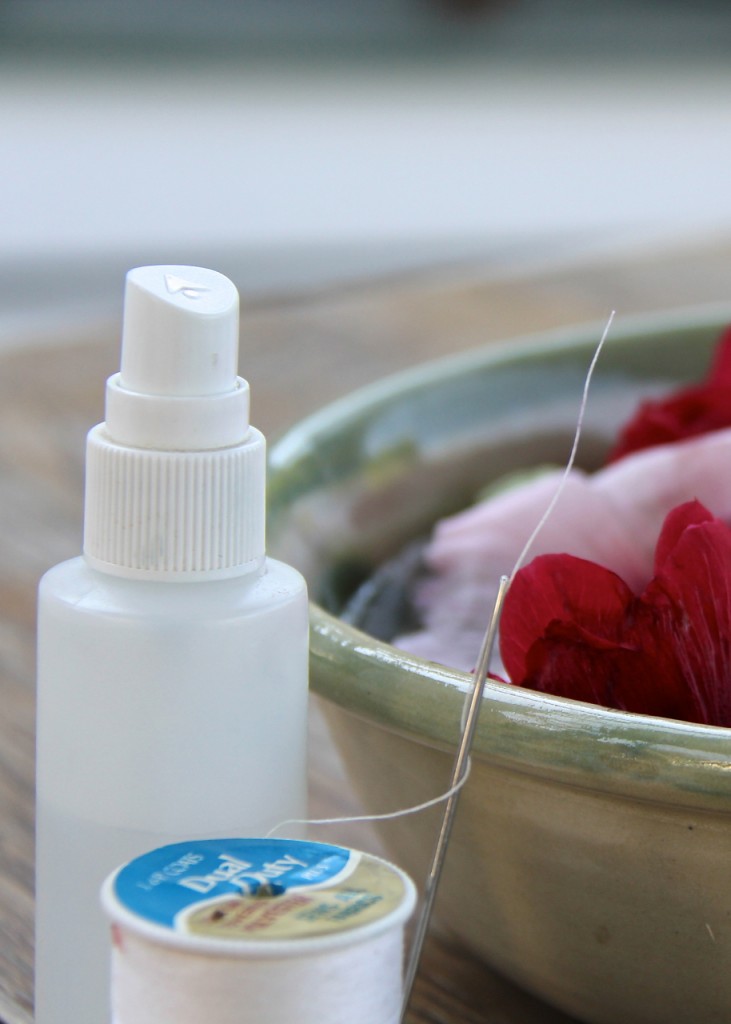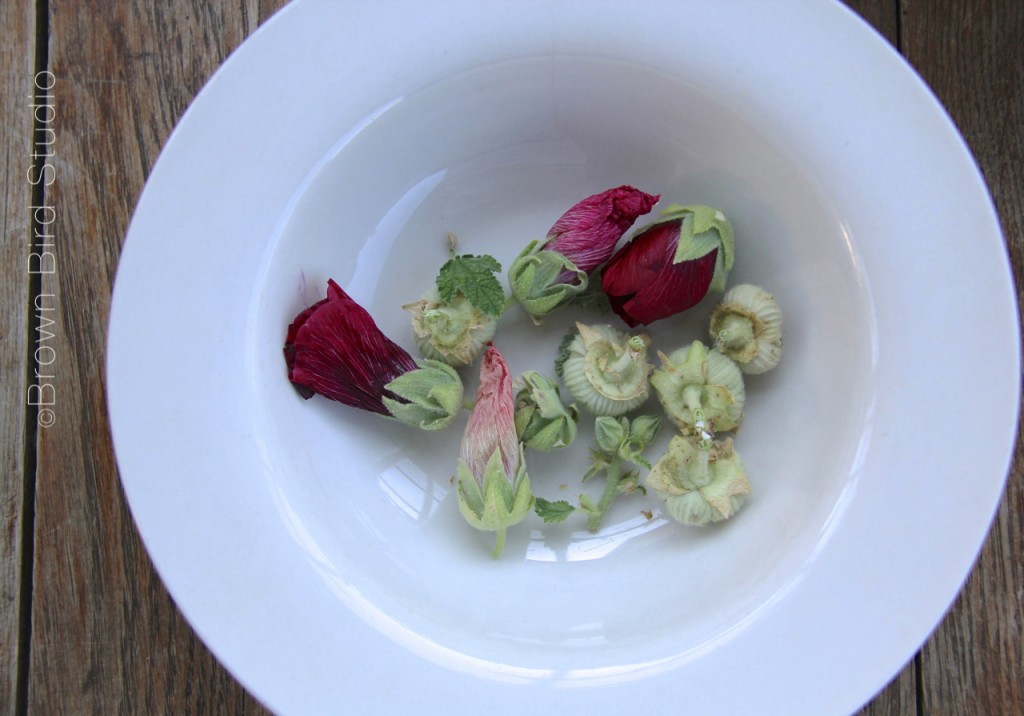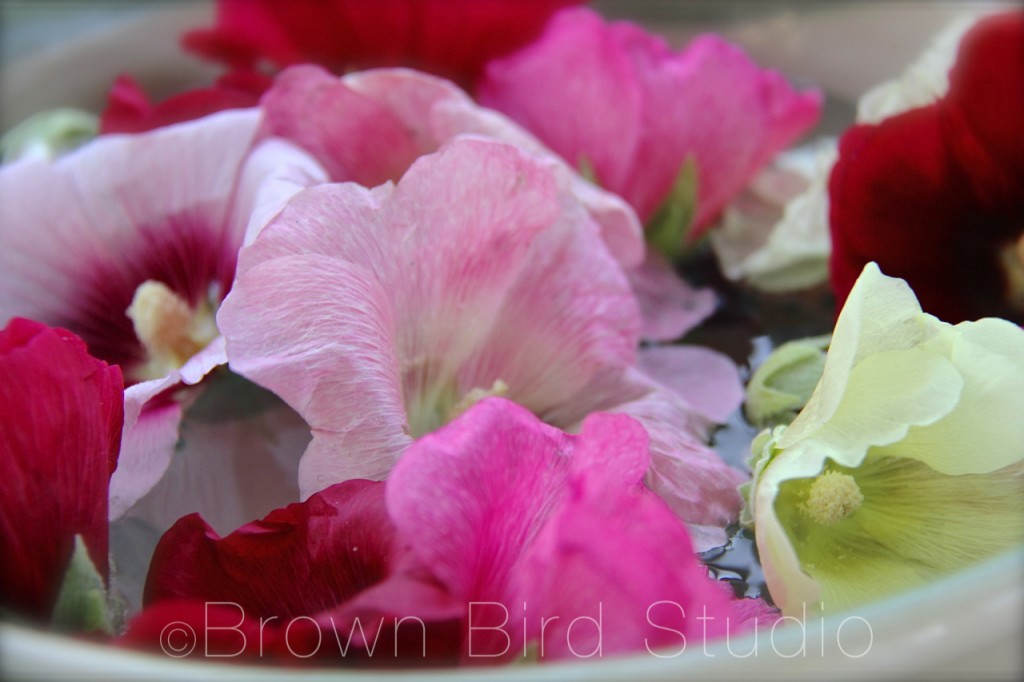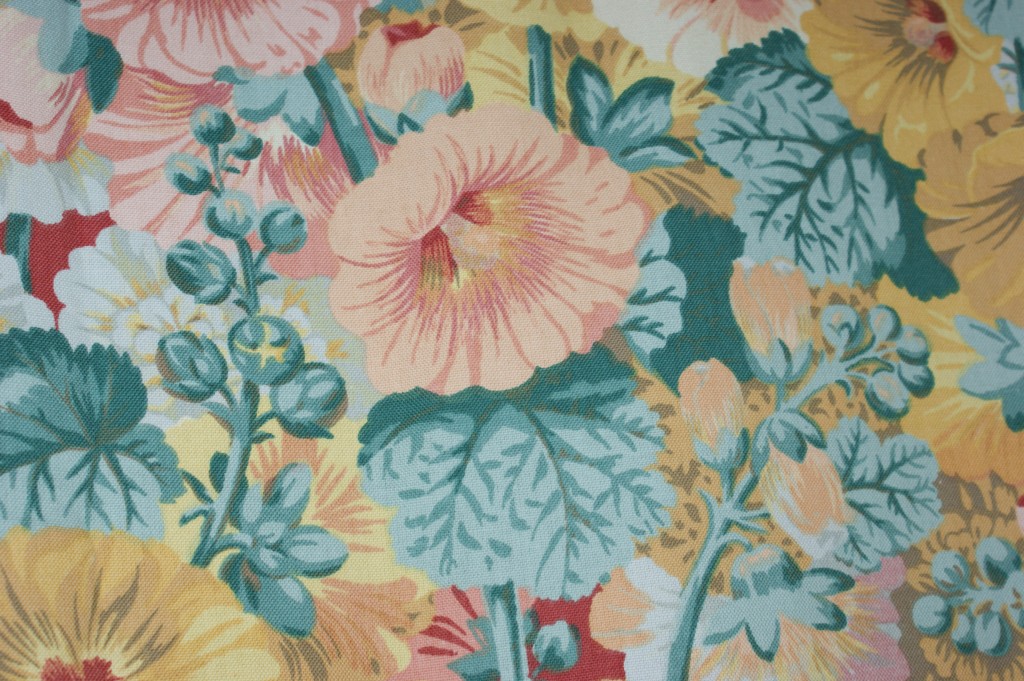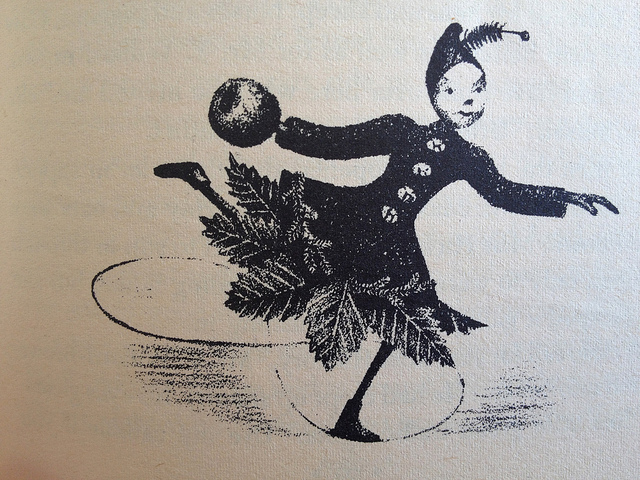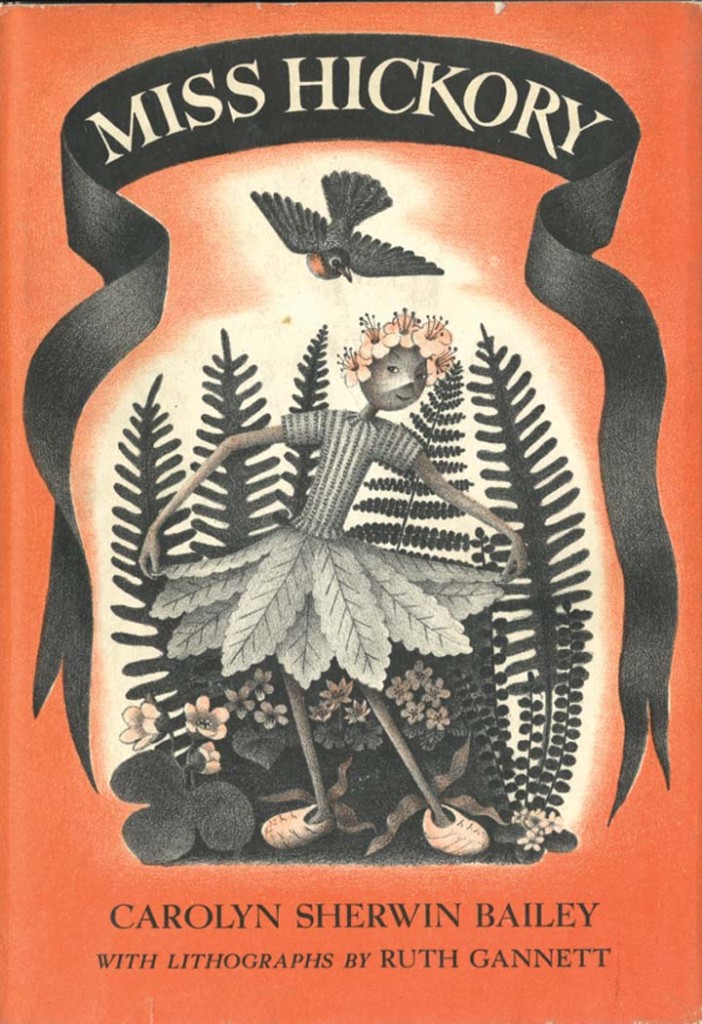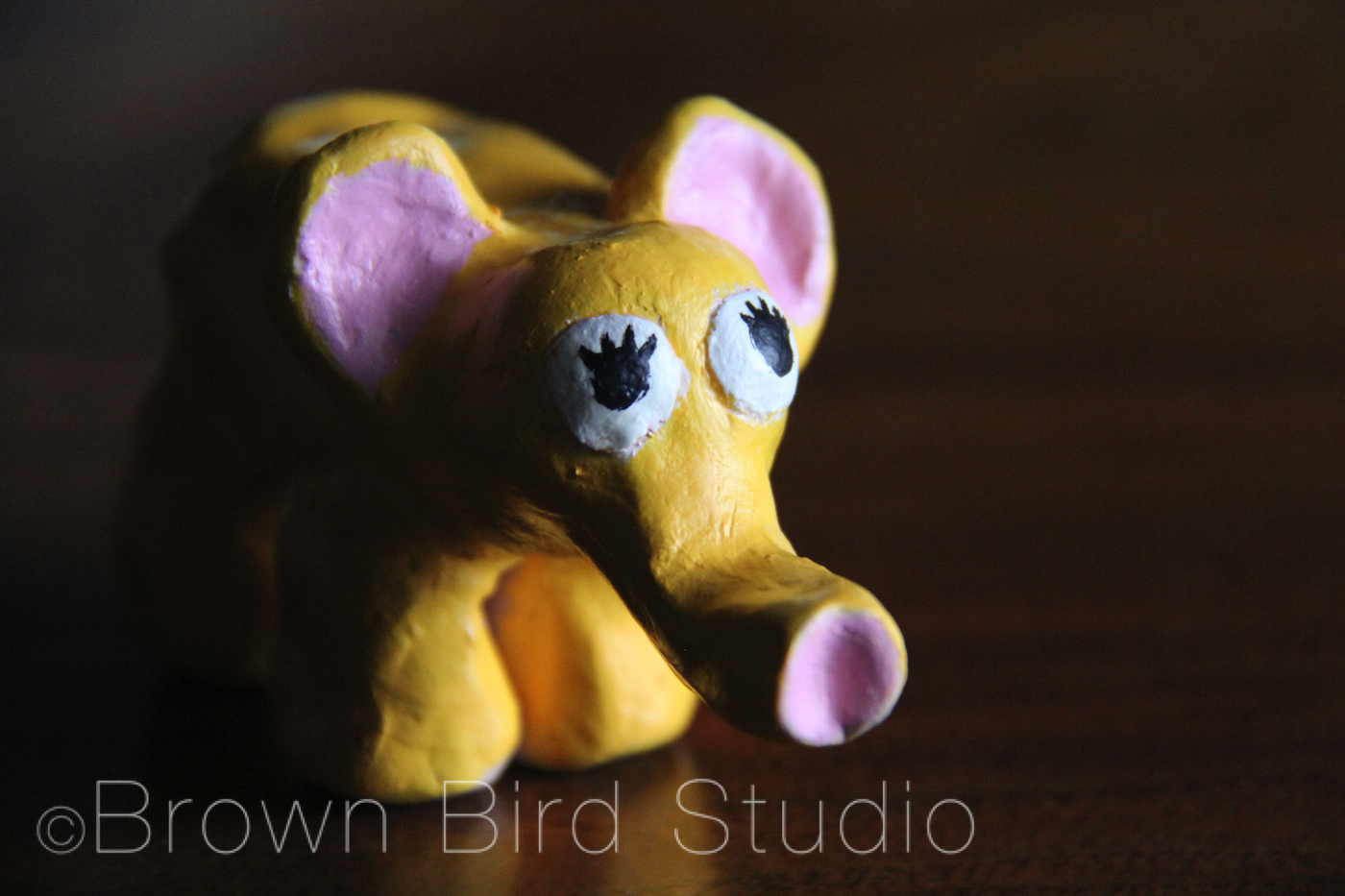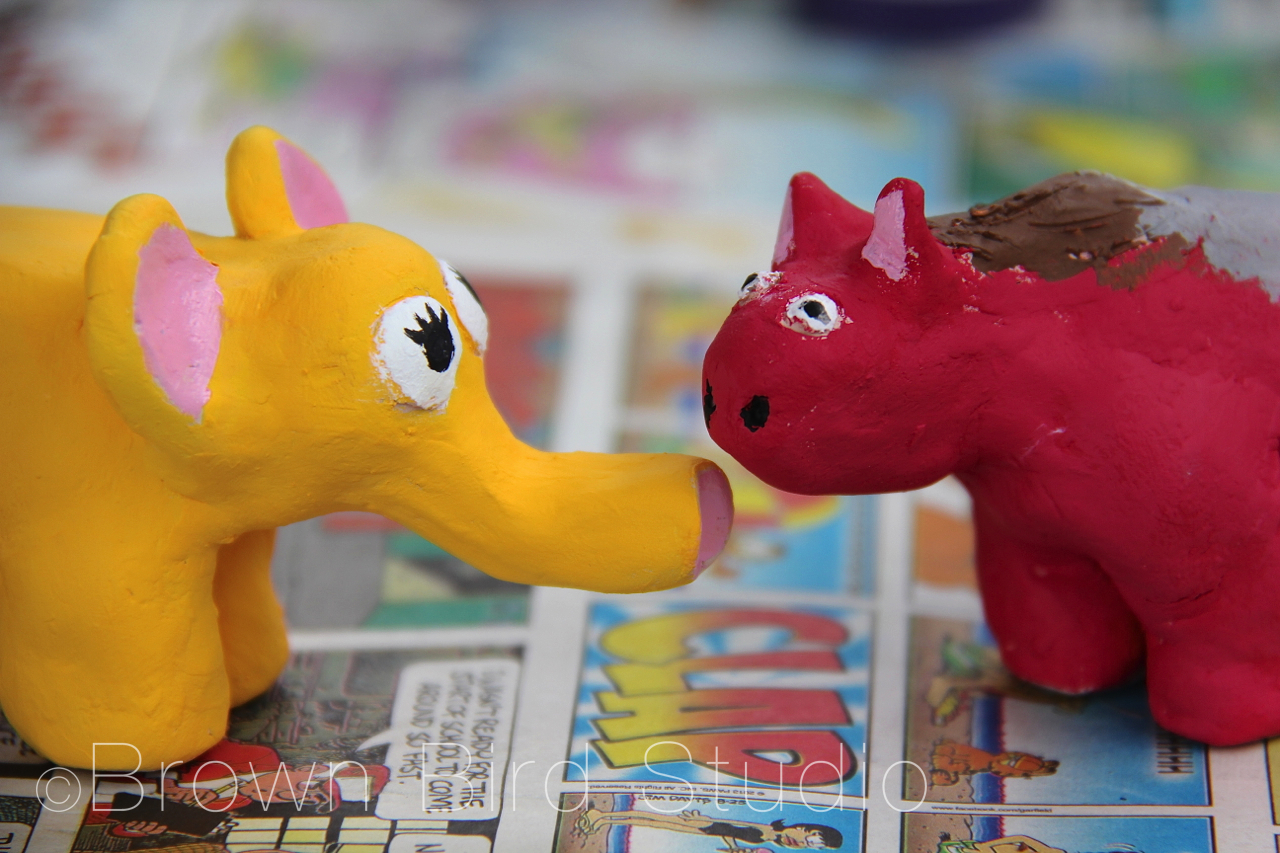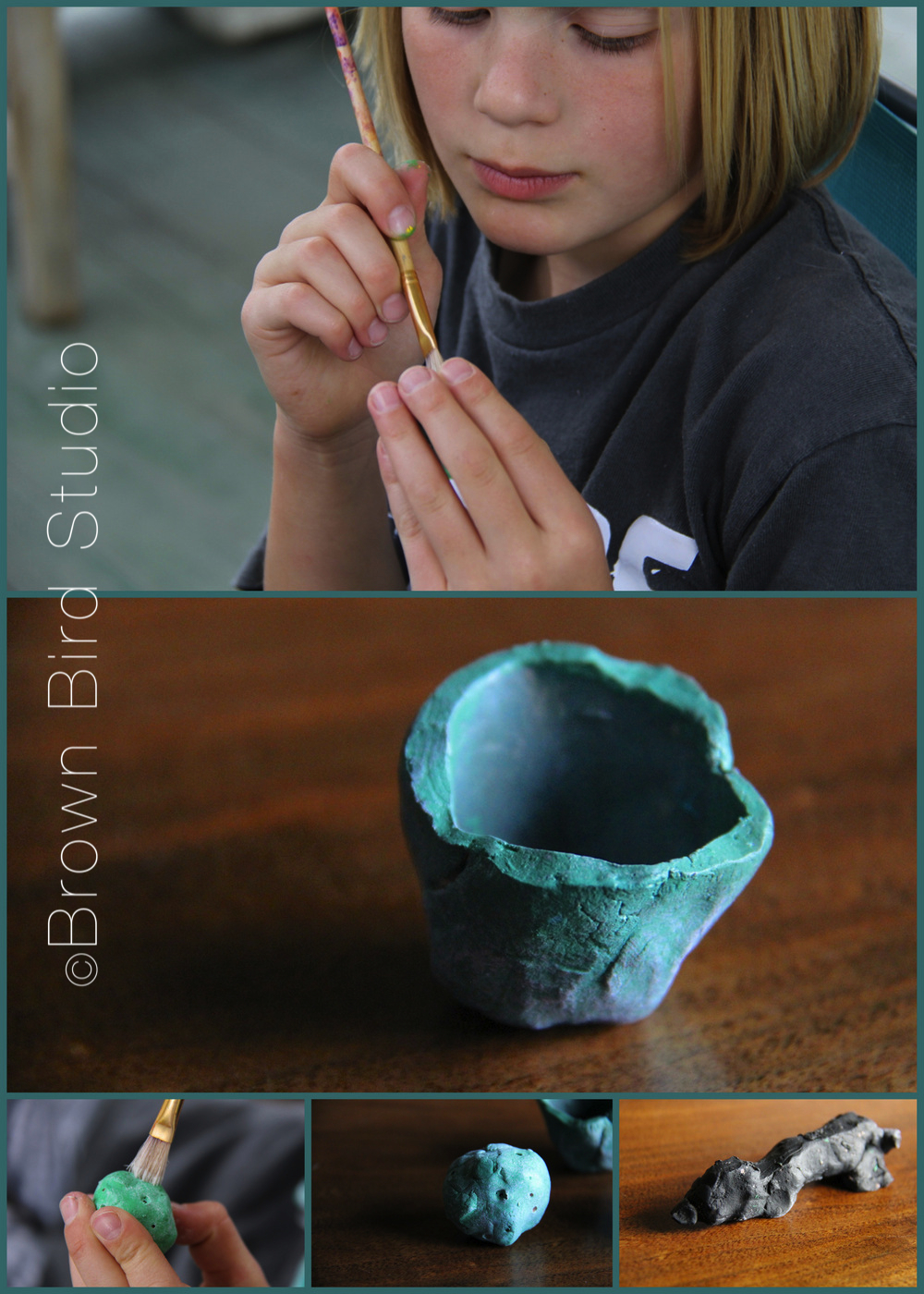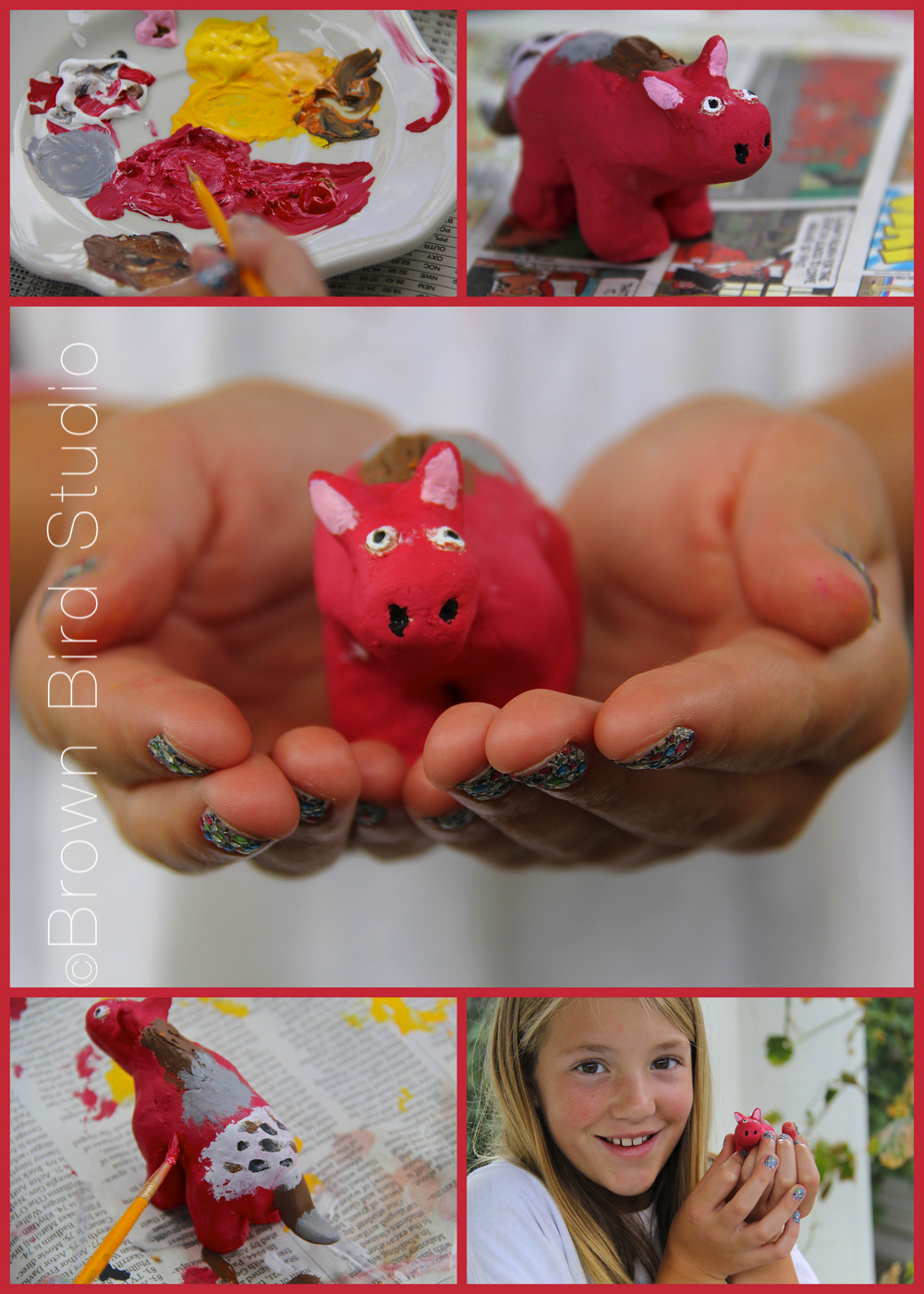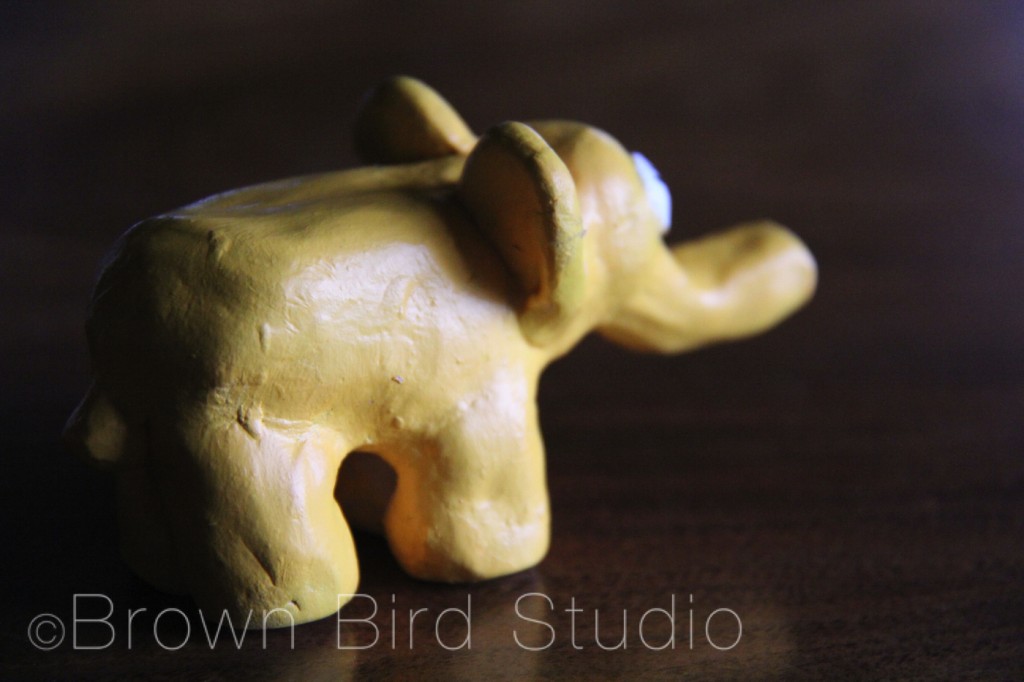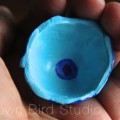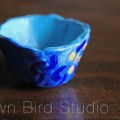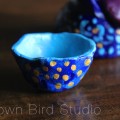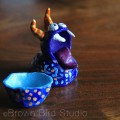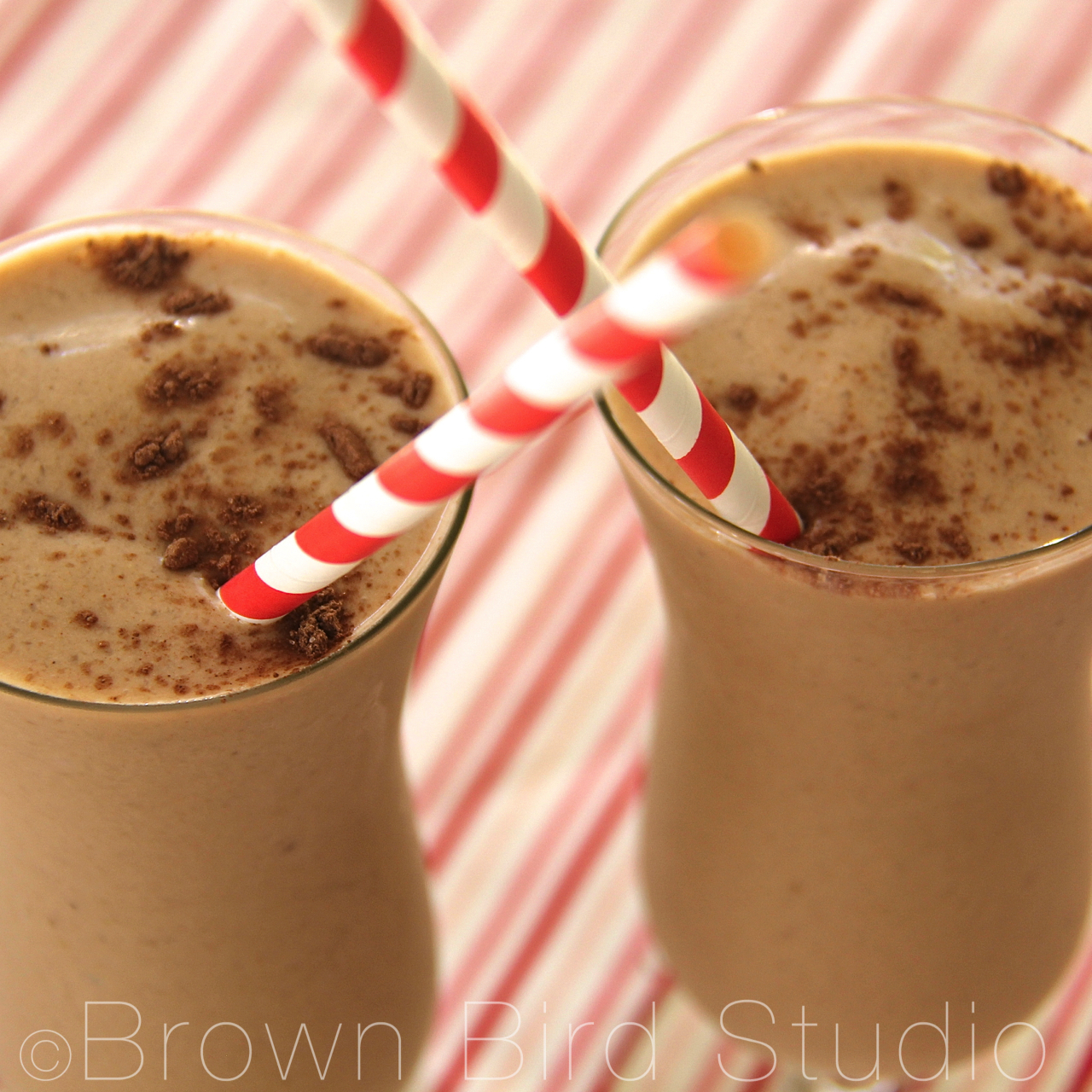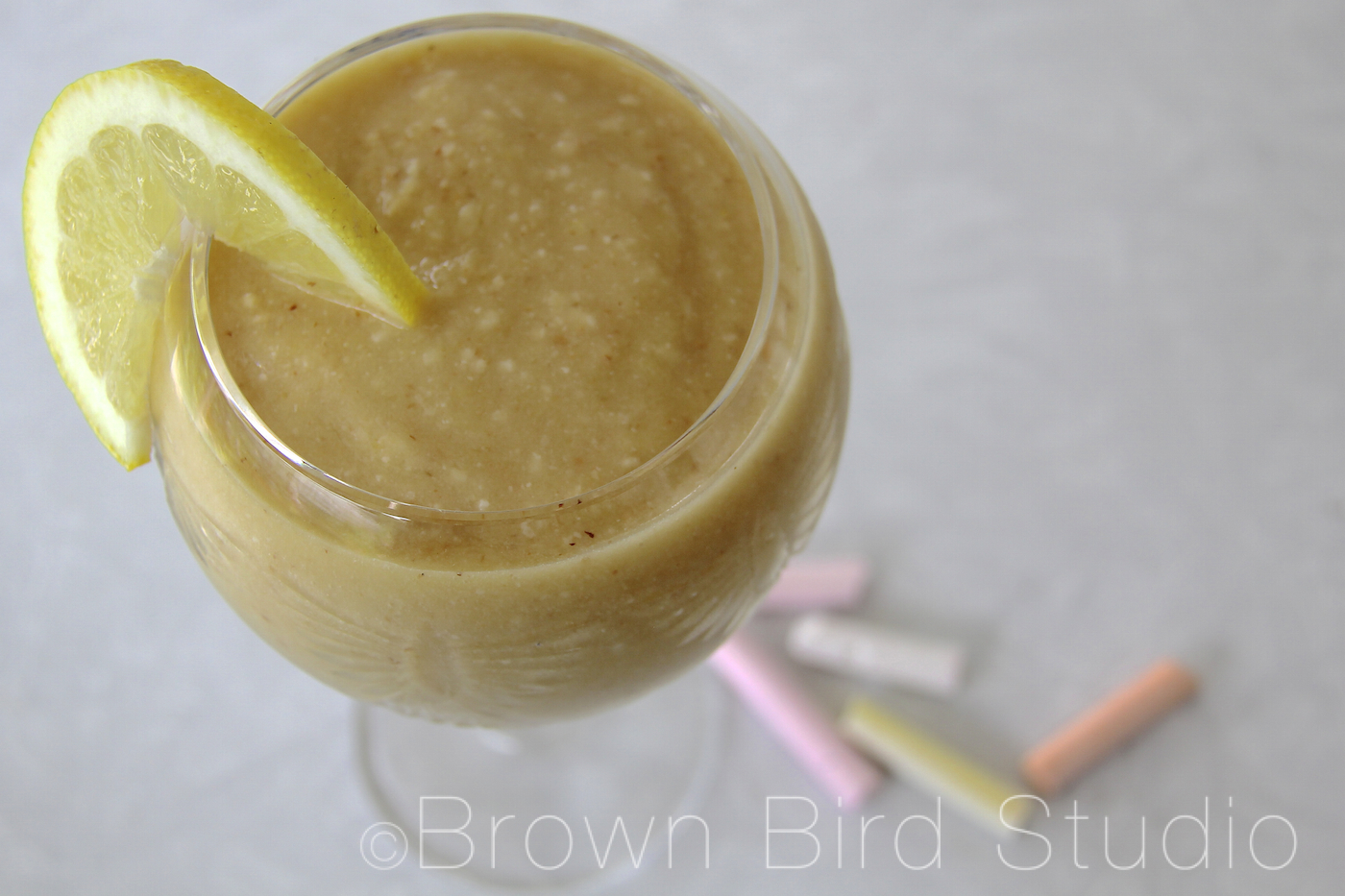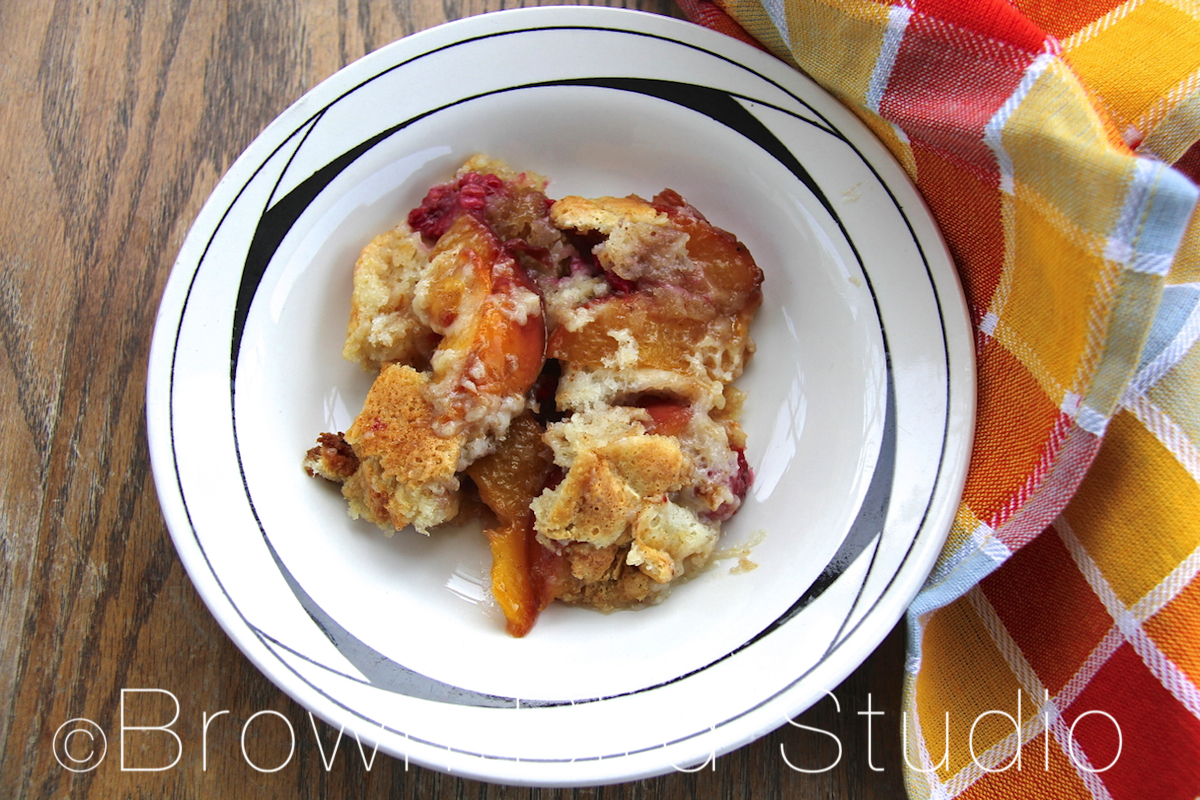Does your pie crust recipe usually end up in pieces on the kitchen counter when you try to roll it out? Do you get frustrated because your pie crusts are heavy and thick and uninspiring? Try my pie crust recipe and see if it makes a difference. This is a recipe my mom found at some point in my growing up years and it made all the difference in the world to add a little egg and vinegar to the ingredients. The sugar or honey is to counteract the tartness of the vinegar. I don’t know the chemistry of why it works, but crusts made with this recipe almost always turn out very tender and flakey. And a nice bennie is that they are easy to roll out and transfer to the pie pan without falling apart.
I substitute coconut oil for at least some of the butter, just for health’s sake. The original recipe called for lard. Or (Gasp!!!) shortening. Ack! I also use half the original amount of salt. So, if you follow my recipe (below) I think you will have an easy, yummy, tender crust for your pie.
Best Pie Crust Ever
INGREDIENTS
- 2 cups flour
- 1/2 tsp salt
- 1/2 cup butter (1 stick)
- 1/4 cup coconut oil
- 1 small egg, beaten (or just the yolk if you have a large egg)
- 2 tsp apple cider vinegar or lemon juice
- 1 T brown sugar or honey
- 1/2 cup (or less) very cold water
PREPARATION
- blend the flour and salt.
- add butter and coconut oil and using a pastry cutter, blend into the flour until you have a crumbly mixture. Don’t overblend!
- beat the egg (or yolk), add vinegar, brown sugar (or honey) and about half of the icy cold water.
- Make a well in the dry ingredients, pour in the liquid and stir QUICKLY with a fork until it’s almost all incorporated. VERY important not to overstir or your crust will be tough instead of flakey.
- If it’s really really dry, add a little more of the cold water and stir just a little. Dump the dough onto a floured surface like a cutting board or clean counter.
- Quickly, and using as little touch as possible, round the dough up into a ball. Wrap in wax paper or plastic wrap and chill while you make your pie filling.
- When you are ready to roll out your dough, cut the ball almost in half (one side should be a bit more than the other. The larger “half” will be your bottom crust) Chill the smaller half and roll out the larger half.
- Place the bottom crust into the pie pan, fill with fruit or whatever. Then roll out the other half and carry on. (see pie preparation above)
Some people think lattice pie crusts are complicated and difficult. They’re really not. Yes, it takes a couple of extra steps beyond just rolling out the top crust and plopping it over your pie filling. But it’s easy — and it does not have to be perfect (as you can see by my pie photos. Ahem!) Believe me, the little extra effort is SO worth it!
LATTICE CRUST INSTRUCTIONS:
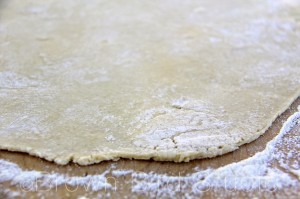
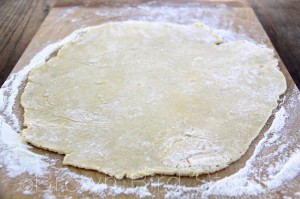
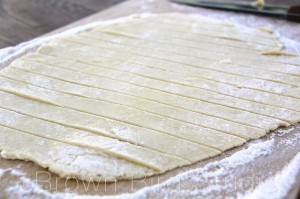
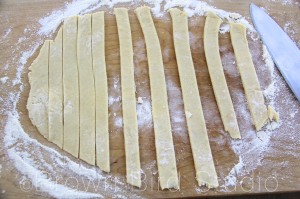
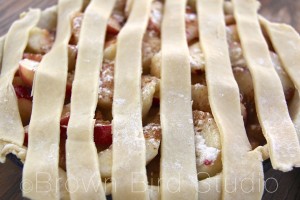
Alternating strips, place every other strip on the pie. The rolled out dough on your counter will look like stripes now. (see photo above.) Your pie will also look like it has stripes of dough on it.
